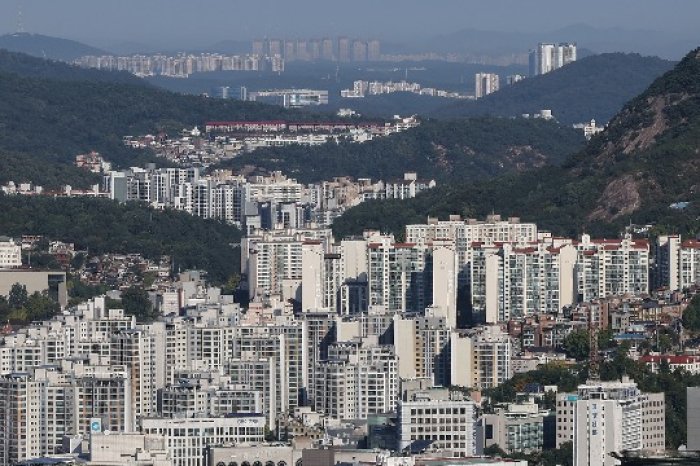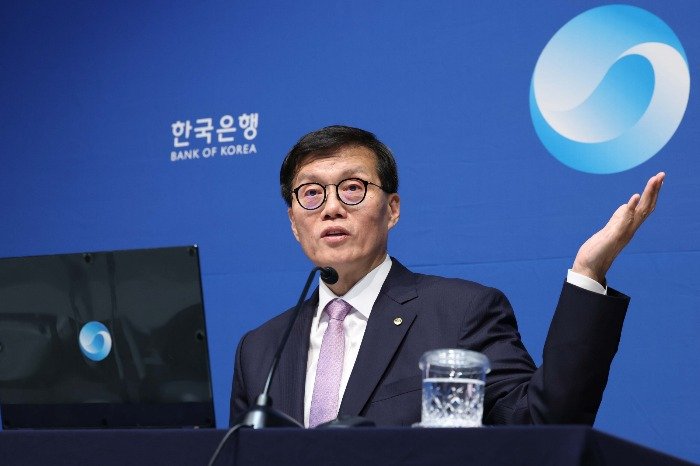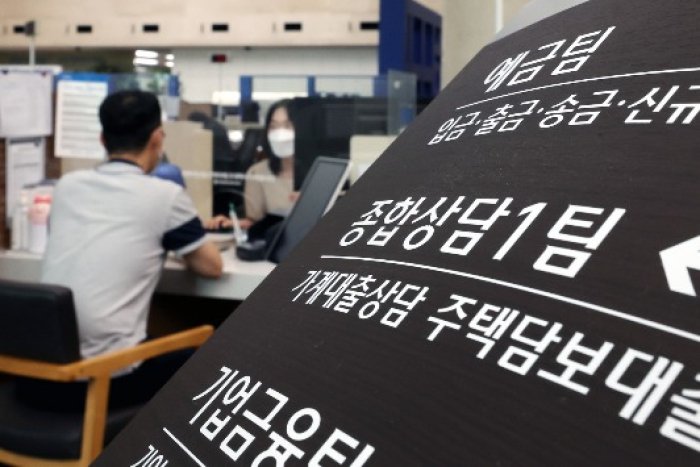
South Korea’s financial exposure to real estate has nearly doubled over a decade with lending to households making up about half, raising concerns that such risk could further rise as Asia’s No. 4 economy has joined major economies on a monetary easing cycle.
According to data from the Bank of Korea obtained by Rebuilding Korea Party’s lawmaker Cha Gyu-geun on Sunday, Korea’s total exposure of banks and other financial institutions to real estate reached 2,881.9 trillion won ($2.13 trillion) as of the end of the first half of 2024 versus 2,837.6 trillion won as of the end of 2023.
This is equivalent to about 115.9% of the country’s nominal gross domestic product.
Financial exposure to real estate is measured by combining loans extended to households including mortgage-backed loans, corporate loans including real estate project financing and the amount of money injected in real estate investment products.
After Korea’s central bank on Friday cut its benchmark interest rate by a quarter percentage point to 3.25%, the country’s real estate exposure could rise further, warned the lawmaker, asking for stricter management of financial risk exposed to the country’s mounting household loans and project finance.

The Bank of Korea also voiced concerns about the country’s financial stability after its first rate cut in more than four years and hinted at gradual and small cuts ahead to slow easy money growth after the country’s household borrowings hit a record high on high mortgage loans in the second quarter of this year.
INCREASING HOUSEHOLD DEBT
Korea’s financial exposure to real estate has nearly doubled until the end of June this year since 2015 when it reached 1,443.5 trillion won.
Over the last 10 years, it has increased every year. After topping 2,000 trillion won for the first time in 2019, it added to 2,265.9 trillion won in 2020, 2,540.8 trillion won in 2021 and 2,736.1 trillion won in 2022.
Since last year, lending to households has also started picking up after falling in a high-interest rate environment in the previous years.
It reached 1,424.7 trillion won as of June this year, up 20.7 trillion won from the end of last year and accounting for 49.4% of the country’s entire real estate exposure.
After peaking at 55.3% in 2015, the country’s household exposure steadily dropped to 48.2% in 2022.
But it ticked up to 49.0% as of the end of 2023, and then rose further to 50.6% in the first quarter and 50.7% in the second quarter this year.
Considering the country’s increased housing transactions and mortgage loans in the second half, the total mortgage exposure is estimated to have further increased.

Over the same period, loans extended to corporations stood at 1,085.6 trillion won as of end-June this year, accounting for 37.7% of the country’s real estate exposure.
It fell to 38.2% in 2023 from 39.9% in 2022.
NEED TO MONITOR THE HOUSING MARKET
Household loans rapidly increased in the second quarter on lower borrowing costs reflecting expectations for reductions in the BOK benchmark interest rate later this year.
The number of units transacted in the housing market increased 23% to 171,000 in the second quarter following a 6.1% gain to 139,000 in the first quarter.
In response to the country’s fast rise in mortgage loans, the Korean government started tightening the country’s mortgage lending regulations in the second half, forcing the country’s commercial lenders to follow suit.
This has succeeded in cooling down the housing market somewhat with the growth in apartment prices in Seoul started slowing down in September, according to the Korea Real Estate Board.
Bank of Korea Governor Rhee Chang-yong, however, said on Friday after the rate decision meeting that it is still early to confirm the country’s financial stability.
“The bank will monitor how the rate cut would affect housing transactions and the rising pace of housing prices,” said Rhee.
Write to Jin-gyu Kang at josep@hankyung.com
Sookyung Seo edited this article.

